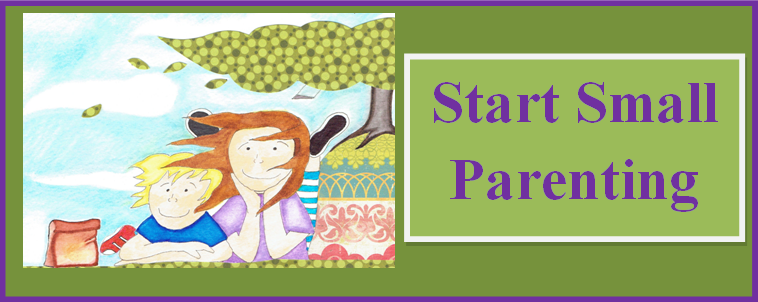
I don’t know about where you live, but where I live, there’s lots of weather. And that often means an extra added amount of time to get out the door in the morning. Shirts, sweaters, pants, socks, mittens, jacket, hat… Just locating the needed items takes time and then there is the challenge to get it all on.
Or maybe your child gets easily distracted in the morning. The journey to the breakfast table might take two or three circuitous routes to different rooms or different play toys. Or she might intend to put her socks on but is found moments later crawling into her blanket fort and playing hide-and-seek.
Sometimes it’s the bedtime routine that drags on and on. The next step – whether it’s tooth brushing, going potty, or getting in bed for a story – seems to take forever, just when the parent is the tiredest.
The Power of Visuals
Parent reminders sound an awful lot like nagging. Young children’s visual part of their brain develops earlier than the more logical, linguistic part. They respond well to pictures, sometimes better than words.
So take yourself out of the equation. You only have to remind your child to, “Go check the routine chart.” The act of actually moving to the chart and looking at it helps a small child to organize their thoughts and actions.
Here’s how it works:
Create a visual Routine Chart that your child can check throughout the process of getting ready for the next step of a routine activity.
Together, brainstorm a list of the tasks that need to take place.
One family with twin 4-year-olds was having such difficulty keeping the kids focused on getting ready. They created this list of steps for their morning:
- Sing a good morning song
- Stretch and smile
- Get dressed
- Eat breakfast / Carry off the dishes
- Go potty
- Wash hands / Brush teeth / Wash face
- Put on Shoes
- By the Door – Ready to Go
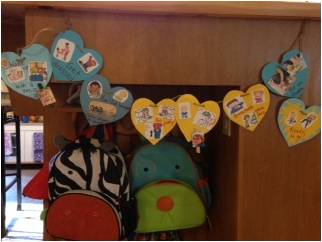
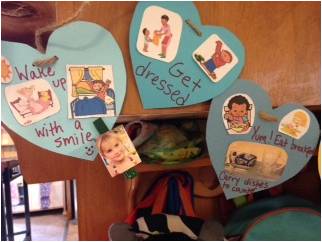
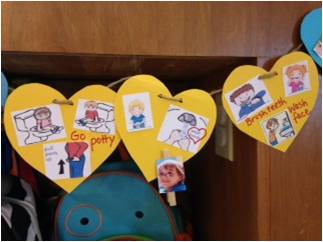
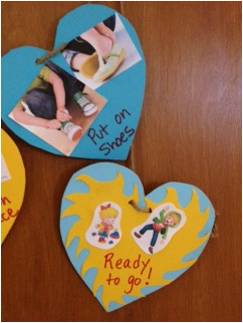
This mother printed out drawings she found of these activities and pasted them to construction paper hearts. She strung those together in the main hallway where the kids could see them. As they went through the morning, the children could run to the hearts and check out what was next. The mother gave little instruction. Her children knew how to do the activities; they just didn’t know the order. As you can imagine, this eliminated nagging. It also kept the children focused, diminished dawdling, and the kids found it fun!
Be sure to have your child check the routine chart throughout the morning or evening. When she is dawdling with her breakfast, have her go and check the chart.
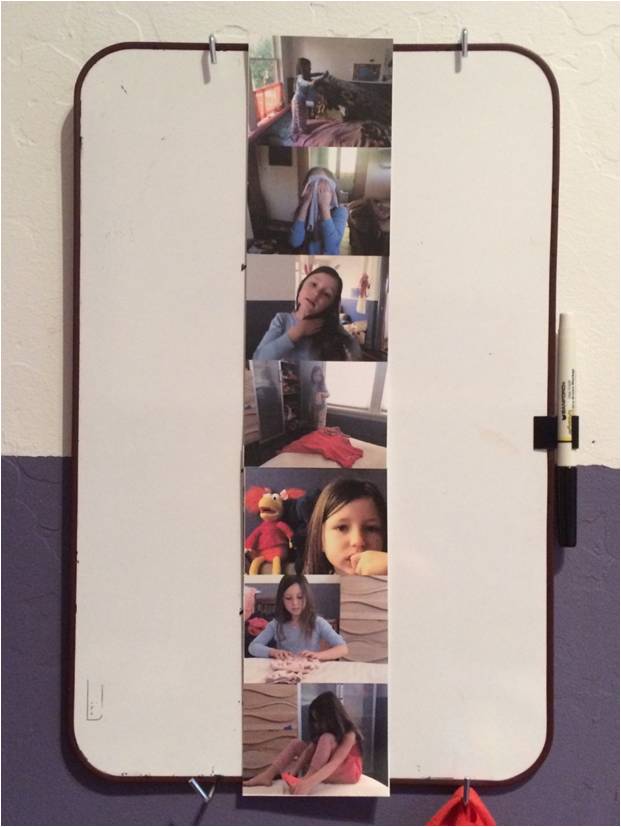
Find a way to create the chart that works best for you. Are there artists in the family? Draw a picture of each step. Looking for an easier solution? Print out pictures from the internet, or take photos of your child. Then post them in a high traffic area of the home.
